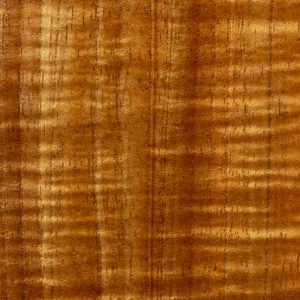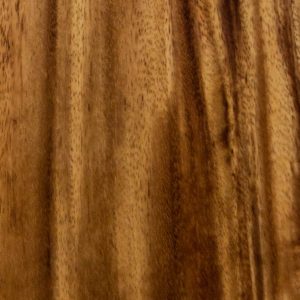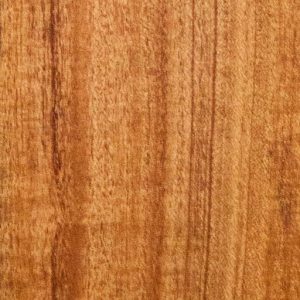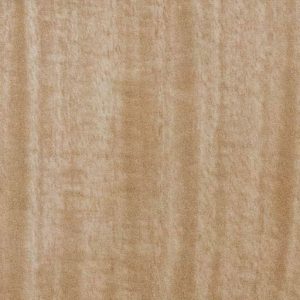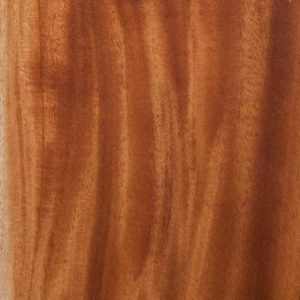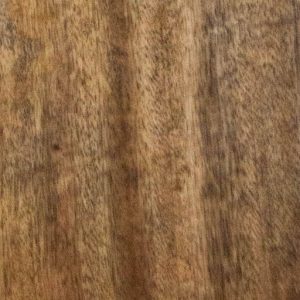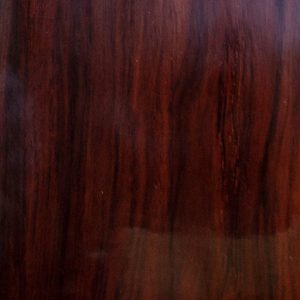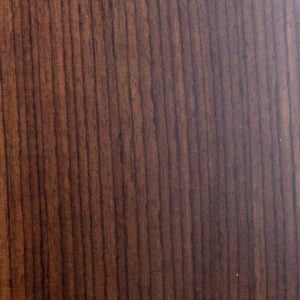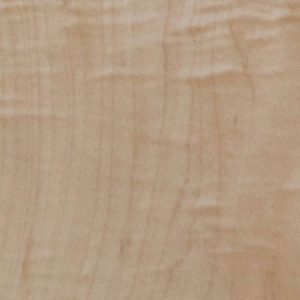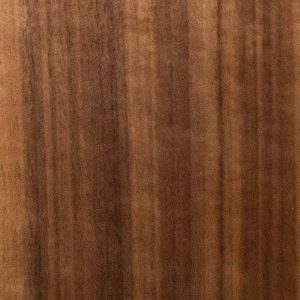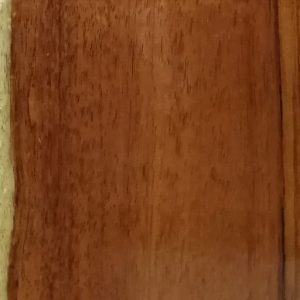Not all woods are tonewoods. Woods are useful for making houses, furniture and etc., but some woods can ring like a bell or a piece of glass when you strike them. These are the type of woods that make tone, or are capable of making tone, thus, it’s called Tonewood.
Top
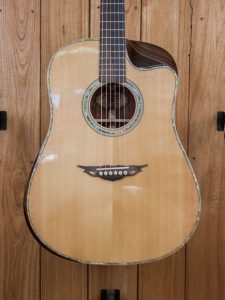
The Top, also known as the Soundboard, is one of the most important wood of a lute instrument. This is the one highly responsible for the sound of the instrument, it should be soft enough to vibrate and produce sound, and structurally strong enough to resist the tension of the strings.
Different woods have different characteristics, thus, they have a different way of vibrating and producing sound. And it is our job as luthiers to bring out the best sound the wood can offer.
Below are some internationally renowned woods for instrument soundboards/top:
Engelmann Spruce
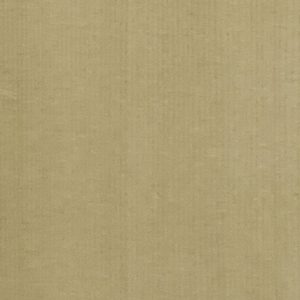
One of the woods with bright rich tones, and straight grains which is best for structural integrity.
Red Cedar
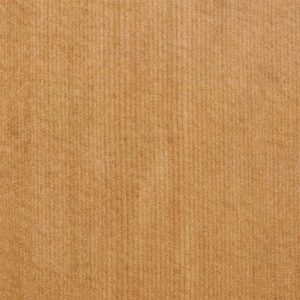
A softwood which produces warm and mellow tones. This wood is mostly being used for classical guitar tops.
Sitka Spruce
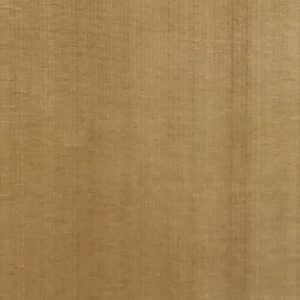
One of the woods with bright rich tones and straight grains similar to Engelmann Spruce but a bit brown.
Hawaiian Koa
Not only that we have been using imported woods, but we have also used our country’s woods as well. The Philippines has a wide array of soft and hardwoods which can be used for guitar-making, each wood has its own unique characteristic, grain patterns, and tone.
Below are some of the Philippine Tonewoods which we use for the top/soundboard of our different instruments:
Acacia
Banago
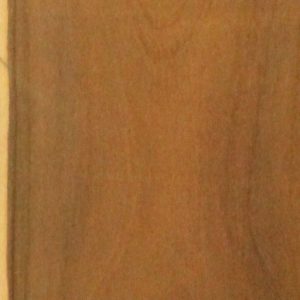
Philippine Cedar
Gmelina
Jackfruit
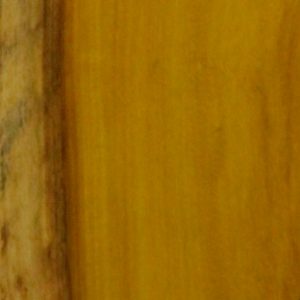
Locally known as Langka or Nangka. This tonewood is one of the traditionally sought-after wood in the Philippines due to its bright tones.
Mahogany
Mango
Figured Mango
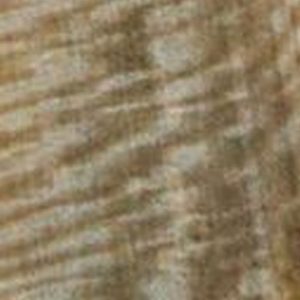
Figured or flamed mango is another gorgeous wood grain patterns and produce warm and mellow tones.
Spalted Mango
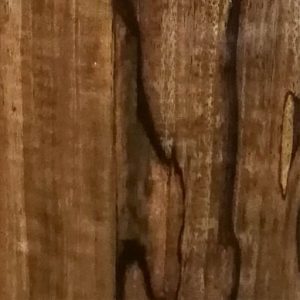
Aesthetically gorgeous wood grain patterns which produce warm and mellow tones similar to Acacia or Koa.
Narra
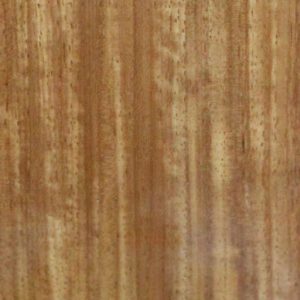
The national tree of the Philippines. This tonewood is one of the traditionally sought-after wood in the Philippines due to its bright tones.
Star Apple
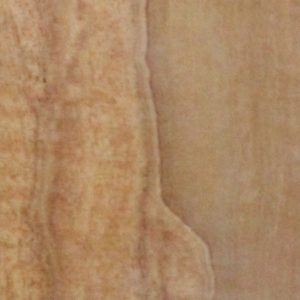
Locally known as Caimito.
Back and Sides
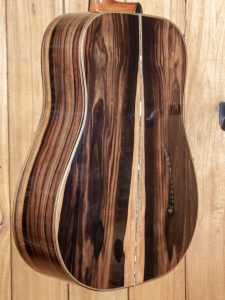
The tonewood used for the back is another very important wood. The stiffness and looseness of the wood can change and improve the tone made by the top. The denser and more brittle the wood, the more it will ring; the lighter and looser the wood, the more it will be passive.
The sides, on the other hand, is matched the back for aesthetic reasons.
We have had experienced in making different tonewoods from different countries across the world, from the very popular ones to the ones that we similarly have here in the Philippines. Below are some of the woods that we have been worked on:
Brazilian Rosewood
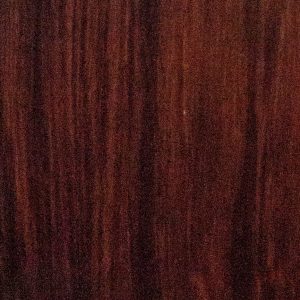
The traditionally best wood of choice for the back and sides. Known for its rich and clear tones.
Cocobolo
Hawaiian Koa
Hormigo
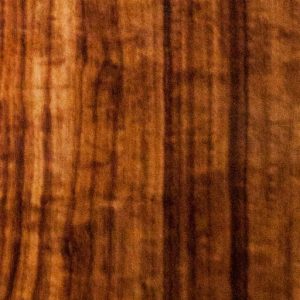
Hormigo has a tap tone similar to Brazilian Rosewood. Also has a rich and clear tones.
Indian Rosewood
Maple
Walnut
Not only that we have been using imported woods for the back and sides of our instruments, but we have also used our country’s woods as well. The Philippines has a wide array of soft and hardwoods which can be used for guitar-making, each wood has its own unique characteristic, grain patterns, and tone.
Below are some of the Philippine Tonewoods which we use for the back and sides of our different instruments:
Philippine Cedar
Philippine Ebony
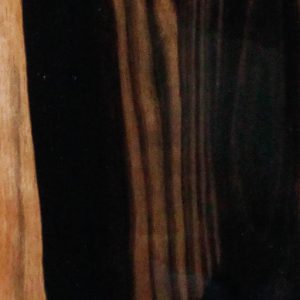
Locally known as Kamagong. We call this wood as the best Philippine wood that can substitute Rosewood.
Gmelina
Ipil

Jackfruit

Locally known as Langka or Nangka. This tonewood is one of the traditionally sought-after wood in the Philippines due to its bright tones.
Mahogany
Mango
Figured Mango

Figured or flamed mango is another gorgeous wood grain patterns and produce warm and mellow tones.
Spalted Mango

Aesthetically gorgeous wood grain patterns which produce warm and mellow tones similar to Acacia or Koa.
Narra

The national tree of the Philippines. This tonewood is one of the traditionally sought-after wood in the Philippines due to its bright tones.
Neem
Paldao
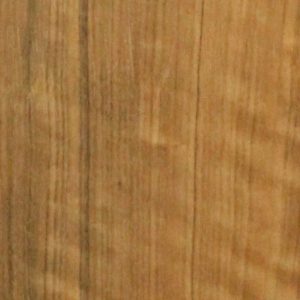
Robles
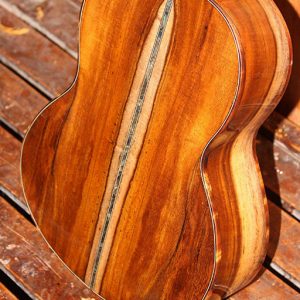
Star Apple

Locally known as Caimito.

